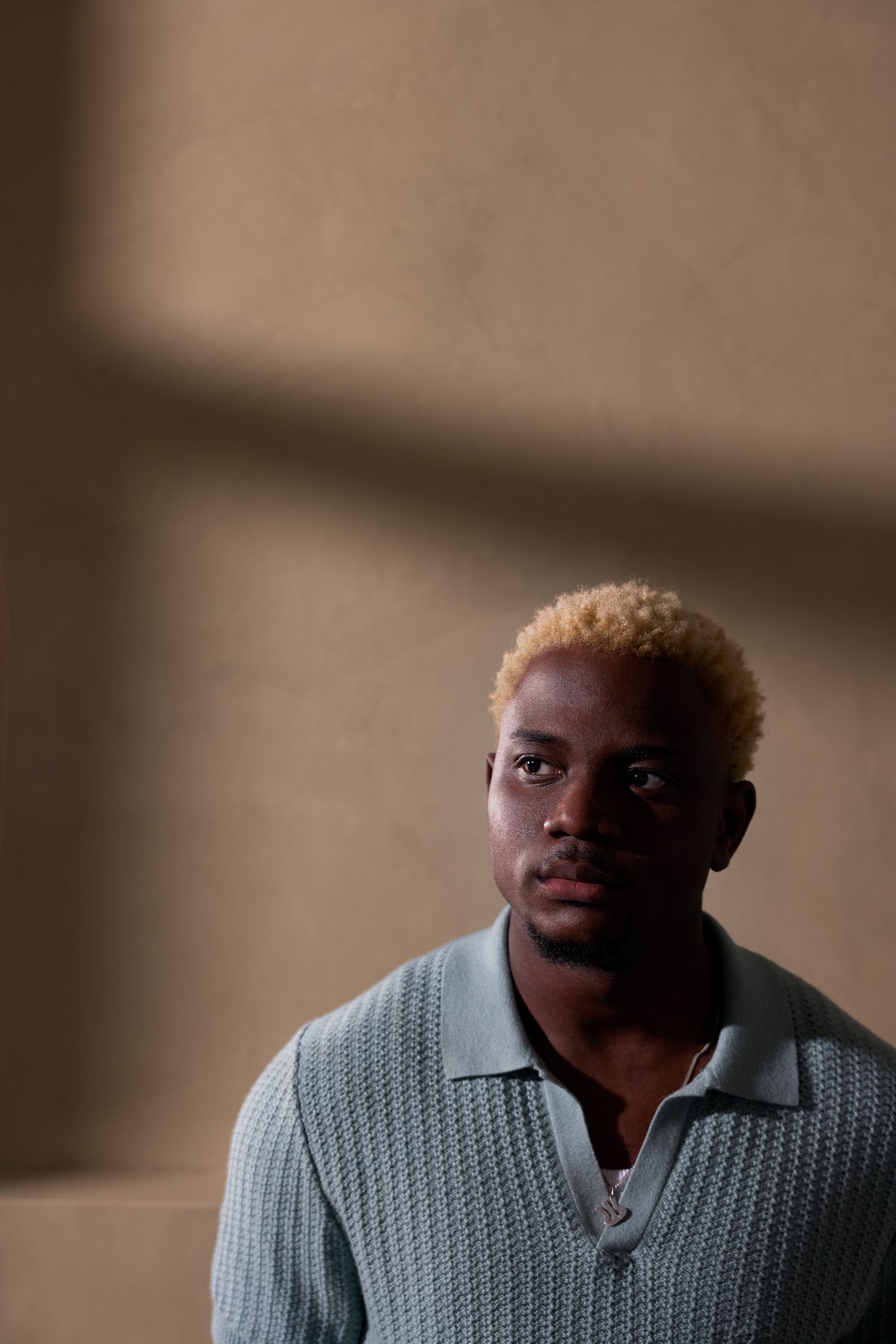As the anticipated ‘To Kill A Monkey’ by Kemi Adetiba finally hit the screens, audiences were gripped not just by its intricate storytelling, but by the striking visual language woven through its wardrobe.
At the heart of that sartorial storytelling is Ikechukwu Urum – stylist, costumer, and creative force whose work proves that clothes in film aren’t just garments, they are narrative devices.
For Urum, the journey into styling began far from the glamour of movie sets. “As a child, I’d take apart my clothes and stitch them back together,” he recalls, a hint of nostalgia in his voice. “I was curious about how colours and shapes could work together to tell a story.”
That childhood curiosity evolved into being the go-to friend for outfit advice, then styling small productions and fashion shows, and eventually earning his place in the Nigerian film industry. His resume spans commercials, music videos, and acclaimed projects like King of Boys 2: The Return of the King, earning him a nomination for The Future Awards Prize for Fashion. Yet, ‘To Kill A Monkey’ was different “The script was intense, every character had layers. I knew the clothes could speak as loudly as the dialogue,” Urum noted.
His approach is rooted in three words: clean, authentic, and story-driven. Working closely with Adetiba, he immersed himself in character backstories, built mood boards, experimented with fabrics, and layered accessories that carried meaning. Urum said: “Kemi is a visionary, specific but open. My role was to interpret her vision but also surprise her with details that made the characters more alive.”
Cultural grounding was essential. From collaborating with Nigerian designers like Odio Mimonet, Hertunba, and Uju Estelo to integrating regional dress codes and emotional colour palettes, Urum ensured that the film’s visual identity remained unapologetically Nigerian with a global edge. “Costumes are visual cues for emotion. In a story like this, they guide the audience’s subconscious connection to the characters.”
One of the standout characters, IDIA, was dressed in bold, symbolic looks reflecting her wealth and Benin heritage, unconventional fabrics, heavy jewellery, and layered textures that made her impossible to forget. For other characters, like Inspector Mo, wardrobe shifts mirrored emotional transformations, with darker tones after personal loss and brighter hues as truth and justice emerged. Of course, the work came with challenges: overnight redesigns due to last-minute script changes, court scenes requiring functional yet authentic looks, and the constant balancing act between style and comfort for the actors. But for Urum, the lesson was clear, adaptability is as vital as creativity.
Beyond film, Urum’s work sparks a conversation about Nigerian fashion’s place in global storytelling. In bringing ‘To Kill A Monkey’ to life, Ikechukwu Urum has done more than style characters, he has stitched Nigerian identity into cinematic history, one costume at a time.
As he tells young creatives: “Start where you are, build relationships, study your craft, and never be afraid to refine your unique perspective. That’s your superpower.”






